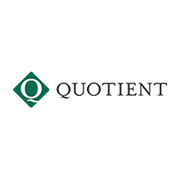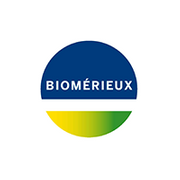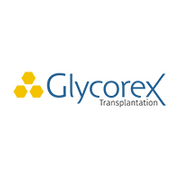Key points
• Issues recruiting donations – add local standards & guidelines for donor recruitment including systems in place e.g. family donations
• Importance of recruiting and retaining regular repeat donors
• Importance of safe blood by creating awareness for voluntary blood donations
Rationale
Understanding of how local donations support transfusions for patients
Links to resources (where available)
[add local links]
Key points
Components available
Red cells -To replace haemoglobin
Platelets - To replace platelets
Plasma - To replace clotting factors
Cryoprecipitate (where used) - For fibrinogen replacement
Rationale
To give the learner an overview of what blood & components are manufactured locally and their reasons for use
Key points
Products available
Intravenous immunoglobulin (IVIg) - As stated in local policies
Fibrinogen concentrate - For fibrinogen replacement
Individual clotting factors - Inherited clotting disorders
Rh(D) immunoglobulin - During pregnancy for Rh(D) negative women OR negative patient receives an Rh(D) positive transfusion
Prothrombin complex - Warfarin reversal
Rationale
To give the learner an overview of what blood & components are manufactured locally and their reasons for use
Links to resources (where available)
Blood Book: Australian Blood Administration Handbook
Resource library | Lifeblood
Key points
Special requirements/modifications
1. Irradiation: Irradiated red cells are indicated for patients at risk of transfusion-associated graft-versus-host disease (TA-GvHD)
2. Washed: Indicated for patients with recurrent or severe allergic or febrile reactions to red cells, and severely IgA-deficient patients with anti-IgA antibodies for whom red cells from an IgA-deficient donor are not available
3. Leucocyte reduction:
• Reduction of HLA alloimmunization risk in patients who require long term platelet support, or for potential organ transplant recipients
• Reduction of CMV transmission in at-risk patients
• Reduction of the rate of recurrent febrile, non-haemolytic transfusion reactions
4. Cytomegalovirus (CMV) seronegative: CMV negative blood components, where indicated in certain patient groups
5.HLA/HPA matched: Platelet transfusion refractoriness may result from immune platelet destruction due to human leukocyte antigens (HLA) class I or human platelet antigens (HPA). Though non immune causes like sepsis, fever, splenomegaly, etc are the most common causes
6. IgA deficient blood components/products: The majority of patients with selective IgA deficiency undergoing transfusion of blood products are asymptomatic. However, in the subset of patients in whom anti-IgA antibodies are formed, anaphylactic reaction to blood products may occur
Rationale
To give the learner information that in some circumstances patients may require modifications to blood components, depending on availability.
Include local guidelines/requirements and availability of components from local transfusion service (note not all services will provide all components)
Links to resources (where available)
[link to local guidelines/transfusion service]













